Uncategorized Tuesday, 2025/05/13
Everyday Misunderstandings Due to Empathy Differences
We’ve all seen it before:
“Top 10 Classic Lines Women Hate Most from Men”
What’s wrong with you again?
If that’s how you want to think, I can’t help it.
It’s all my fault, okay? I’m wrong, alright?
You wouldn’t understand even if I explained. Whatever.
I don’t know what to do either. Just drink more water.
...
Whether intentional or not, much like how “water” is supposedly a cure-all, these responses often come off as emotionally detached.
Have you ever had this kind of experience?
The movie plot was totally absurd, yet you still cried and couldn’t shake it off for a long time.
Or after venting your anger to a friend for ages, they still couldn’t figure out what exactly upset you.
All of this boils down to what's called empathy — the ability to put yourself in someone else’s shoes, to feel what they feel and hurt when they hurt. Stereotypically, women are seen as more empathetic than men — but is that really true?
Research Unveiled: Gender Differences in Empathic Behaviors
Recently, Professors Boxing Li and Lianyan Huang from the Zhongshan School of Medicine, along with their research team, published a study in Neuron titled “Sexually dimorphic control of affective state processing and empathic behaviors”, revealing gender differences in empathetic behavior.
Specifically, male and female mice exhibited different empathetic behaviors when witnessing a companion in pain. This was driven by two completely distinct olfactory neural circuits, whose activation differs genetically between the sexes.

Image source: doi: 10.1016/j.neuron.2024.02.001
Experimental Design and Observations: Empathic Behaviors of Mice
To start, researchers designed an experiment where male and female mice observed companions undergoing a pain test (WCP), and then analyzed their empathetic responses.
An observer mouse was placed in a central chamber, flanked by two same-age, same-sex companion mice on either side. One companion received an acetic acid injection to induce abdominal pain, the other was untreated.
In the early stage of observation, both male and female mice showed exploratory behavior and interacted with the companions. But after about 5 minutes, clear behavioral differences emerged:
Female mice showed more social approach and sniffing behaviors toward the mouse in pain, spending more time in that compartment. Male mice, however, showed no strong social preference and instead engaged in excessive self-grooming.
This suggests that mice can recognize the pain state of their companions, but their responses differ by sex.
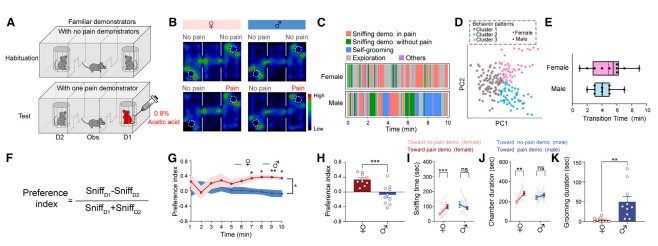
Figure 1: Sexually dimorphic empathetic behavior in mice witnessing a cagemate in pain Further, when unfamiliar mice were used, female mice no longer showed social preference, and male mice no longer groomed excessively — indicating that the behavior stemmed from empathy, not curiosity or other motivations.
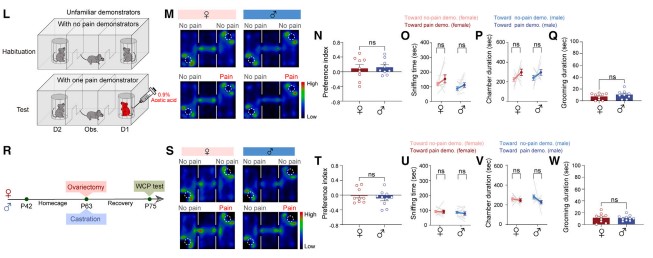
Figure 2: Empathetic behaviors in mice witnessing unfamiliar companions in pain, showing sexual dimorphism
So what kind of sensory information lets mice perceive a companion’s pain?
Given the importance of olfaction in rodent social behavior, researchers placed a cotton ball scented with urine and other bodily fluids from the mouse in pain near an untreated companion. Both male and female mice showed strong empathetic behaviors in response.
Further studies found that visual and auditory cues alone were insufficient to trigger empathy in mice. Therefore, olfactory cues from bodily fluids are key triggers of empathetic behavior.
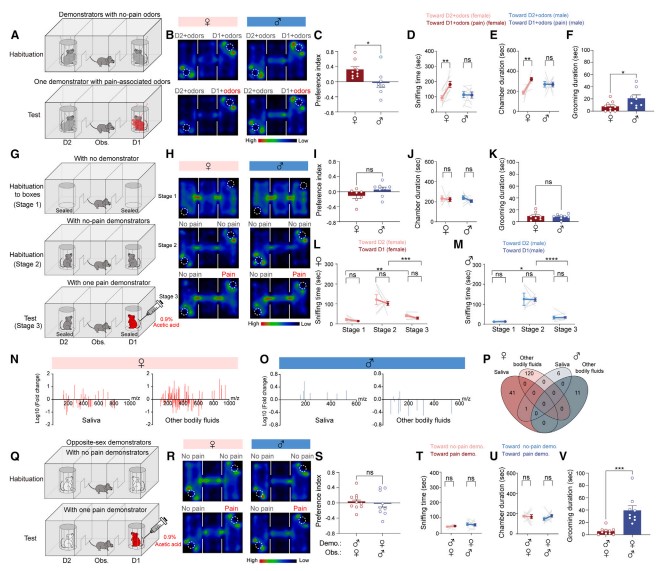
Figure 3: Olfactory information is critical for sex-specific behavioral responses
Neural Basis: Gender-Specific Neural Circuits
At the neural level, activation of neurons in the piriform cortex (PiC) was found to be crucial for these sex-specific behaviors. However, the downstream neural pathways activated were different between male and female mice:
In females, the PiC activated the PiC→PrLSST→PrLExt pathway (projecting to the prelimbic cortex). In males, the PiC activated the PiC→MeA pathway (projecting to the medial amygdala).
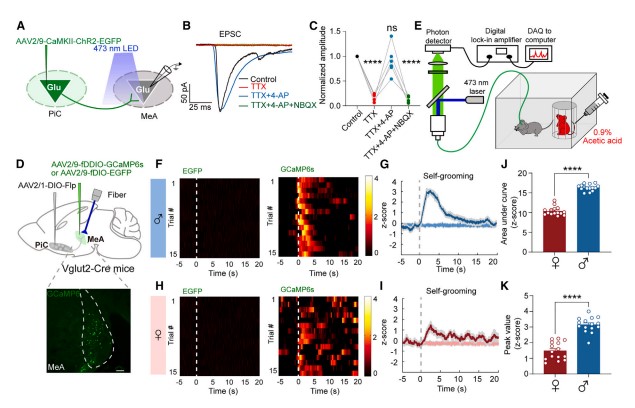
Figure 4: The PiC→MeA pathway mediates excessive self-grooming in male observer mice
Going deeper, the researchers compared the number of differentially expressed genes (DEGs) between sexes. In neurons projecting to the PrL, more genes were upregulated in females. In neurons projecting to the MeA, most genes were upregulated in males.
Similar patterns were observed in genes encoding presynaptic proteins and ion channel complexes, indicating a correlation between circuit activation preference and gene expression in PiC neurons.
Additionally, complex transcription factor networks and sex hormones were found to jointly influence sex-specific gene expression in these neurons.
Since empathy plays a crucial role in social communication and is tied to psychiatric disorders marked by impaired empathetic behavior, this study provides a neurobiological framework for understanding sex differences in neuropsychiatric conditions.
Conclusion
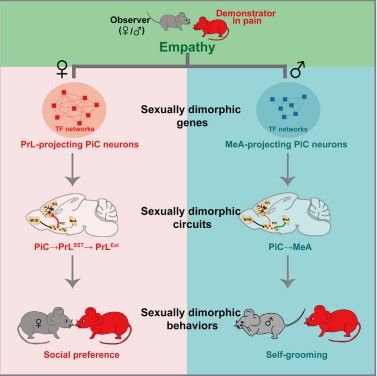
Figure 5: Schematic of sex differences in neural circuits leading to distinct empathetic behaviors
In conclusion, this mouse model study reveals the hidden sex-based differences underlying empathetic behavior:
Female mice display social proximity-based empathy, sensitively perceiving their companion’s pain through smell and expressing concern through closeness and comfort. Male mice, while able to recognize pain, tend to self-soothe through grooming — a different form of internal resonance.
These differences aren’t arbitrary but are driven by distinct neural circuits and gene expression patterns encoded by sex-specific genetics.
So, next time you hear a man say “drink more water,” perhaps you can see it as a uniquely coded form of male empathy.
Related Products & Services
- PROTAC Targets
- Cell and Gene Therapy
- Targets of CAR-T Cell Therapy
- Cancer Drug Targets
- Immune Checkpoint Proteins
- Protein Engineering Services
- Protein Interaction Service
- Protein Expression and Purification Services
- Drug Discovery Screening
- Protein Pathway Profiling
Reference
- Fang S, Luo Z, Wei Z, Qin Y, Zheng J, Zhang H, Jin J, Li J, Miao C, Yang S, Li Y, Liang Z, Yu XD, Zhang XM, Xiong W, Zhu H, Gan WB, Huang L, Li B. Sexually dimorphic control of affective state processing and empathic behaviors. Neuron. 2024 Mar 1: S0896-6273(24)00085-0. doi: 10.1016/j.neuron.2024.02.001.
